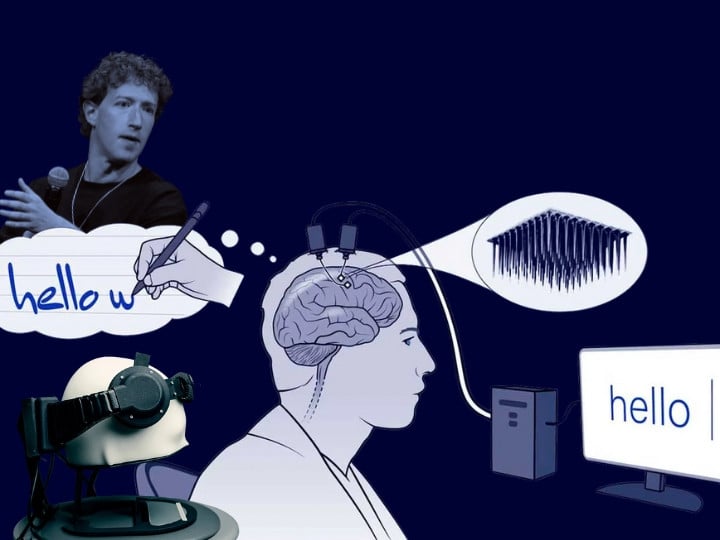Meta’s Thought-Typing Technology: A Research Breakthrough
Meta has developed a non-invasive brain-computer interface that allows users to type using their thoughts. The system, which analyzes brain signals to determine which letters a person is trying to input, has reached an impressive 80% accuracy. However, it remains purely a research project due to its high costs and technical limitations. While this technology is not commercially viable, it has helped Meta’s researchers gain a deeper understanding of human cognition—insights that they plan to use in advancing artificial intelligence.
How It Works: Decoding Thoughts into Text
Meta’s research team used a magnetoencephalography (MEG) scanner to capture electrical activity in the brain. By analyzing these brain signals, the system can accurately determine which keys a person intends to press. The method, while scientifically impressive, comes with significant limitations:
- The MEG scanner weighs approximately 500 kg and costs around $2 million.
- It only functions in highly controlled environments, requiring a magnetically shielded room to prevent interference.
- Any head movement disrupts the signal, making practical use extremely difficult.
The study involved 35 volunteers who spent a total of 20 hours typing phrases such as “el procesador ejecuta la instrucción” (“the processor executes the instruction”). Brain signals were then fed into a deep-learning system called Brain2Qwerty, which trained itself to recognize which letters participants intended to type.
Limitations and Challenges
Although the system achieved an 80% accuracy rate, the average error rate was still 32%, making the technology unreliable for real-world applications. The most critical limitation is its sensitivity to movement—even slight head movements can disrupt signal detection.
Due to these constraints, Meta researchers emphasize that this project is not aimed at creating a consumer product. Instead, it is a step toward fundamental research in neuroscience and artificial intelligence.
Meta’s Shift in Strategy
When Meta first introduced the concept in 2017, the company envisioned a consumer-grade brain-reading headset. However, technical challenges forced them to abandon that idea. Instead of focusing on product development, Meta has shifted its focus to studying the human brain to better understand how intelligence works—knowledge that could help develop more advanced AI models.
One of the study’s key findings is that the brain generates linguistic information hierarchically. This means that the brain first forms a general concept, which then breaks down into words, syllables, and finally individual letters. Understanding this process provides valuable insights not only into human cognition but also into how AI systems could be designed to process language more effectively.
Future Applications and AI Integration
Despite its impracticality for direct use, Meta’s research could significantly impact the future of AI. By improving the understanding of how the human brain processes language, researchers hope to enhance AI models that work with textual data.
For example, chatbots and other natural language processing systems could become more efficient by mimicking how the human brain organizes language. Meta is continuing this research at its AI lab in Paris, with plans to refine the technology and reduce its sensitivity to external disruptions.
While a mind-controlled typing interface may not be available anytime soon, Meta’s work represents a major step forward in the intersection of neuroscience and AI. The company’s ongoing research could eventually lead to breakthroughs in brain-computer interfaces, cognitive computing, and more sophisticated AI language models.






